This review was written in 2015, when this Camry was brand new.
The midsize sedan summed up in 3 words. Average. Boring. Appliance. Right? ‘Not quite’, says Toyota, who want to break the mold with their newest Camry. Have they done it?
Yes and no.
My test Camry was a 2015 SE, in Attitude Black Metallic, with an Ash Fabric interior. The MSRP for this specific model is $24,925, and that surprised me. It felt like it was closer to the 30 grand mark, but no, it’s only $25K. Not bad, Toyota. Not bad at all.
Let’s start with the powertrain. This Camry came with the standard 2.5 liter, 178 horsepower 4 cylinder 2AR-FE engine, mated to the standard 6-speed automatic transmission, with a Sport mode and paddle shifters. A 3.5 liter, 268 horsepower V6 2GR-FE engine is optional, which is easily worth it if you want a lot more power in your Camry. The 4 cylinder option provides plenty of power for most people driving their cars every day. At brief triple-digit stints on the highway, acceleration was muted. The engine’s power came on in the midrange, and so did the torque, although top end is where the power peaked. The 4 cylinder also got good fuel economy. We got an average of 28.5 MPG between the city and fast highway driving. The 4 cylinder is the best for most people and the V6 option isn’t necessary for daily driving. If you want it, however, get it.
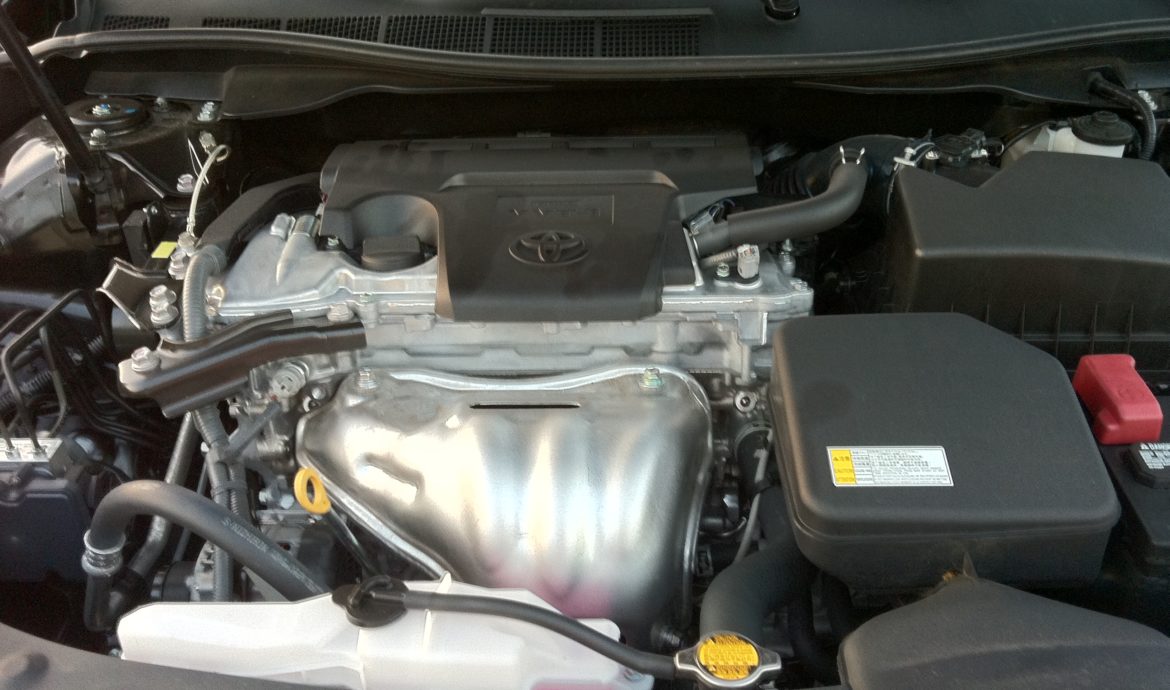
How does the Camry handle? Like weak reused duct tape. Toyota doesn’t seem to care about handling on their sport trim. The suspension is slightly more firm than the base models, but the all-season tires don’t seem up to the job of handling a fast corner. Understeer is the main defining trait of the Camry’s suspension tune. The brakes, however, are great. In a few cases we found ourselves coming up short to traffic lights. Not bad, Toyota. Just give us some better tires.
What does the Camry look like outside of the engine bay? Like an aggressive angular carp mixed with a large parallelogram. It seems Toyota took Ford’s idea of passive aggression on the front fascia and made it one of the weakest points of the exterior. Body lines gently sweep up from front to back. The rear fascia has the current market trend of taillights sloping downward towards the license plate, and ugh. Chrome stripping. Get rid of it. If there is little to no chrome on the rest of the car, why should it be right above the license plate?
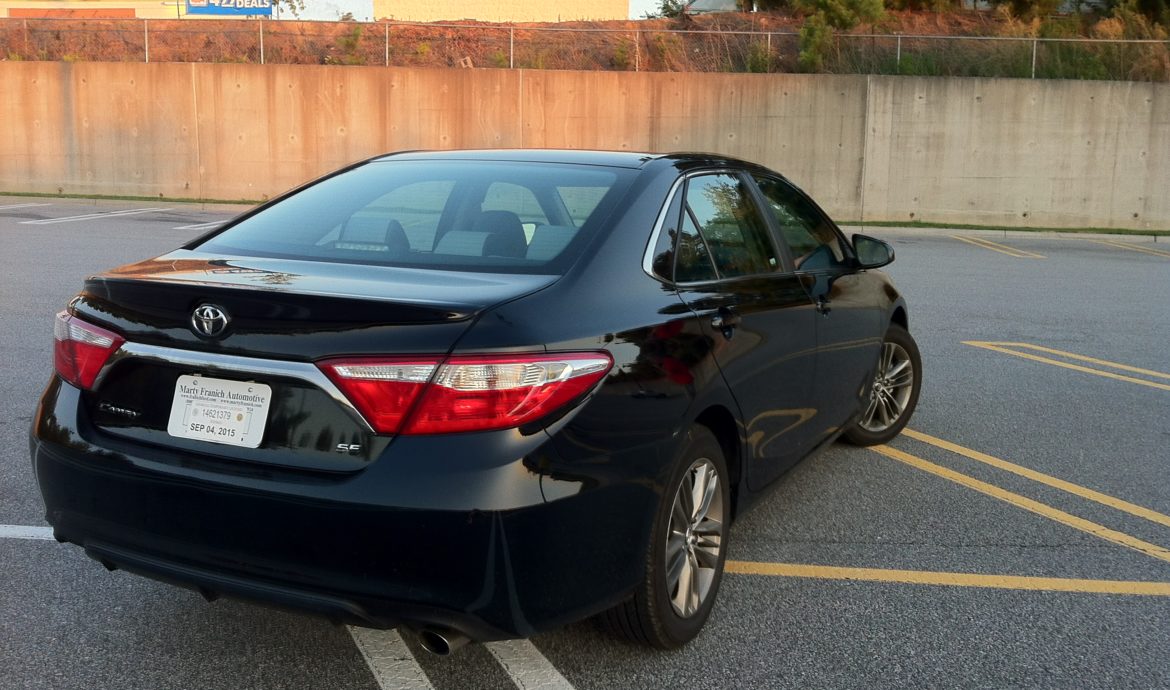
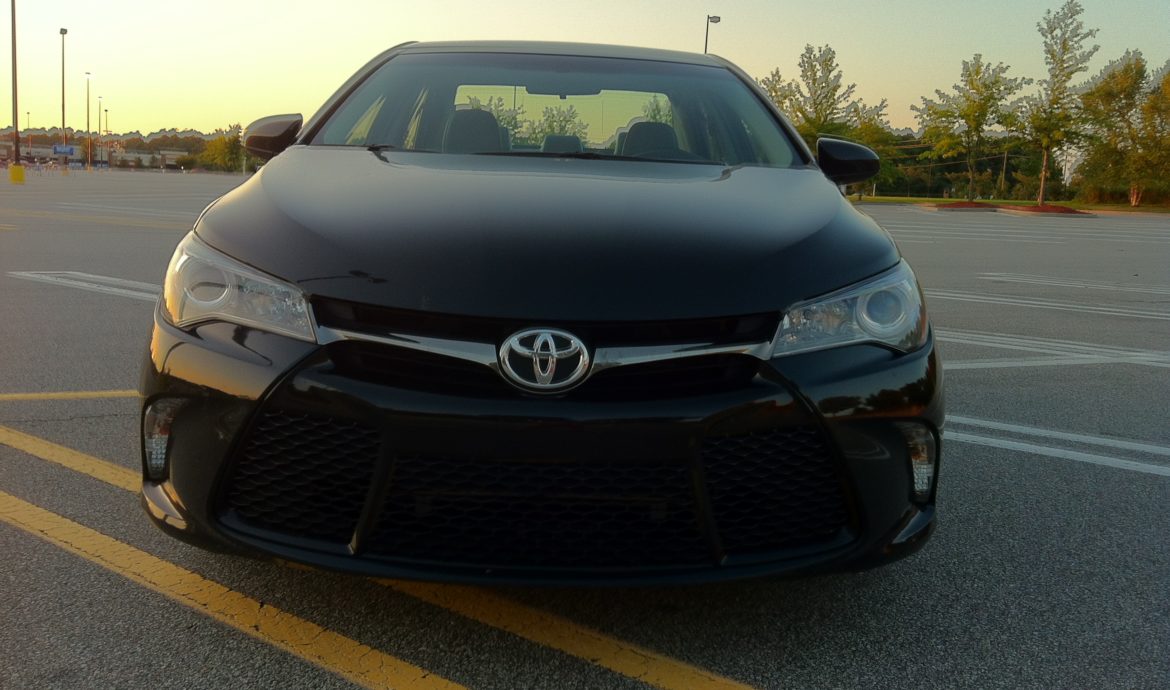
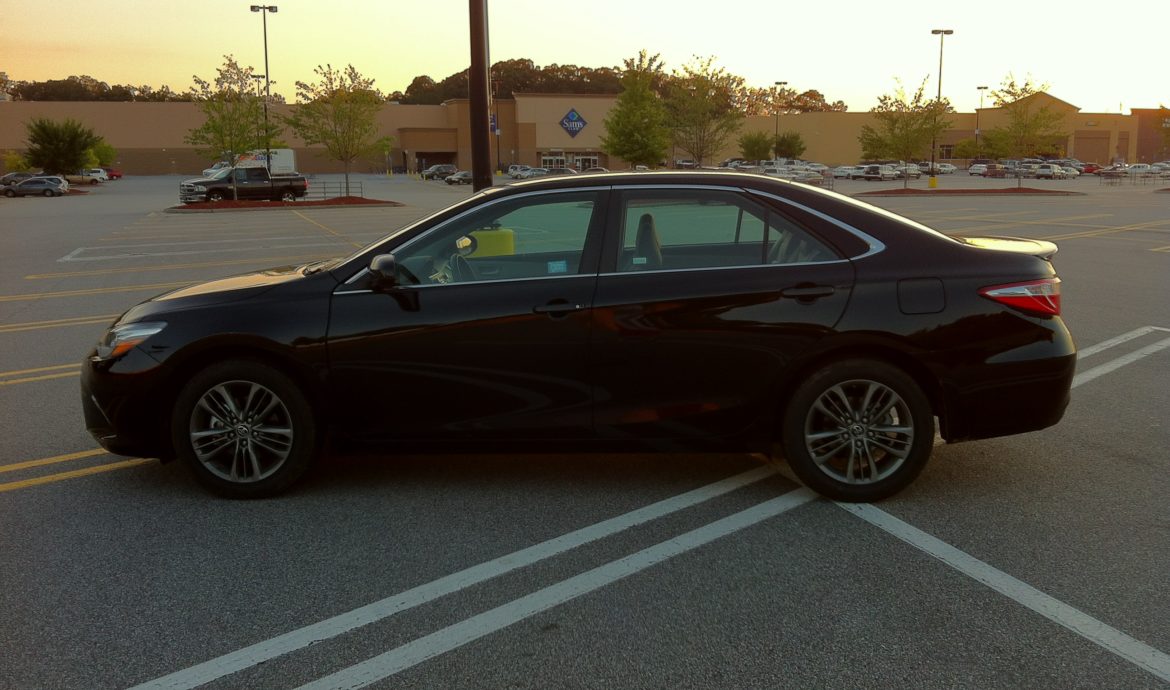
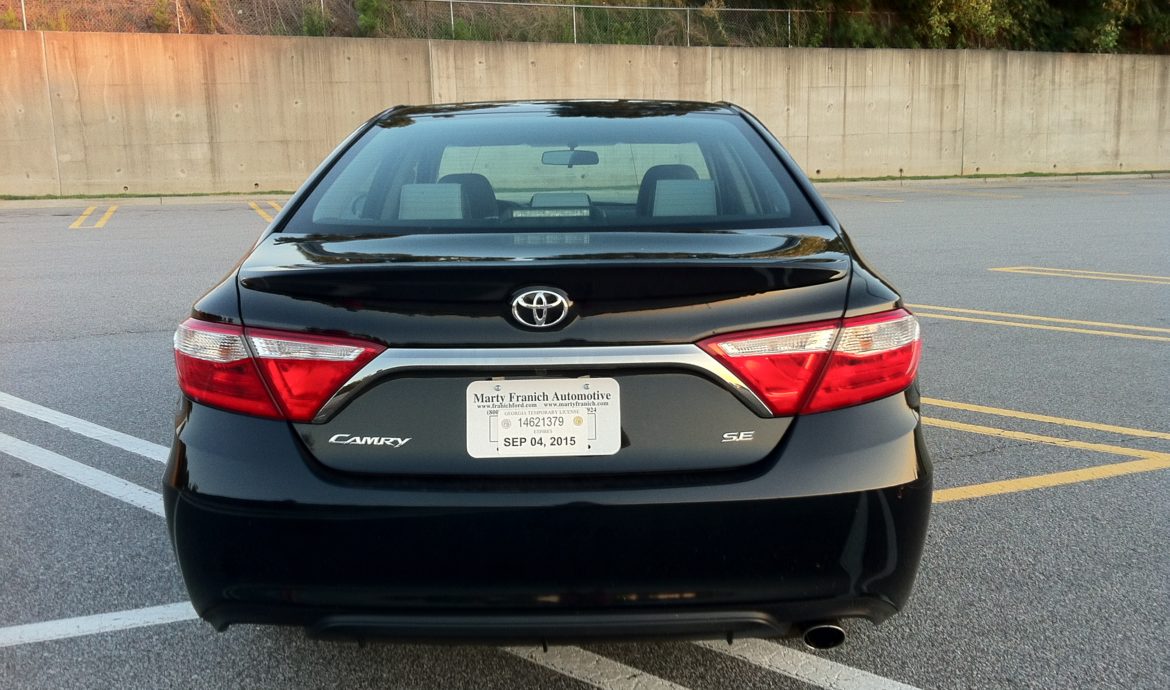
To the interior we go! What’s going on in here? Well, my first thought was, “Oh, this isn’t too bad”, followed by “What the heck is that?” I was looking at the rear door panels and the seat fabric choices. Let’s start on those rear door panels. The front versions have soft-touch portions where the rear panels do not. The leatherette accenting the seats adjacent to the fabric feels like plastic, the main fabric itself feels like 80-grit sandpaper mixed with rough office chair tweed. Inside the rear armrest area is a bit of gray fabric that feels so much better against the skin. If Toyota would have used that, the seats would be more comfortable in general. The black vinyl on the areas that shouldn’t be touched feels like recycled tires, with a tackiness to it. The other interior plastics feel fine, and everything is seemingly well-built. The seats are a bit too firm for my taste, though. I doubt anything will break or wear excessively for the next 10 years unless you have children.
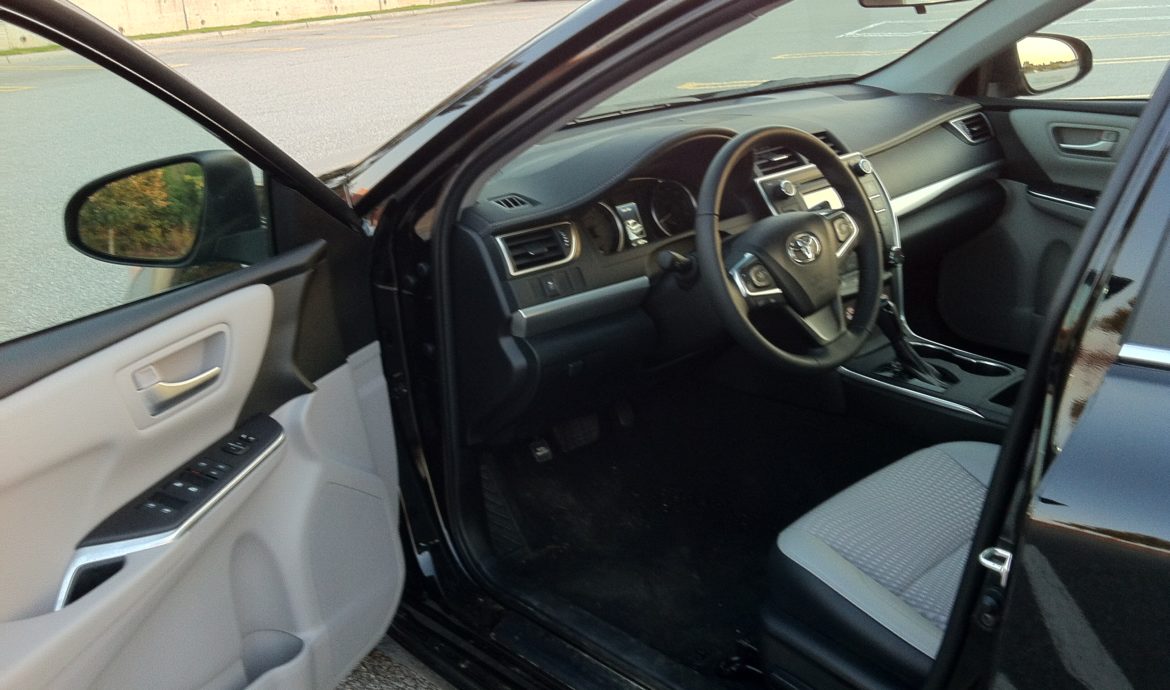
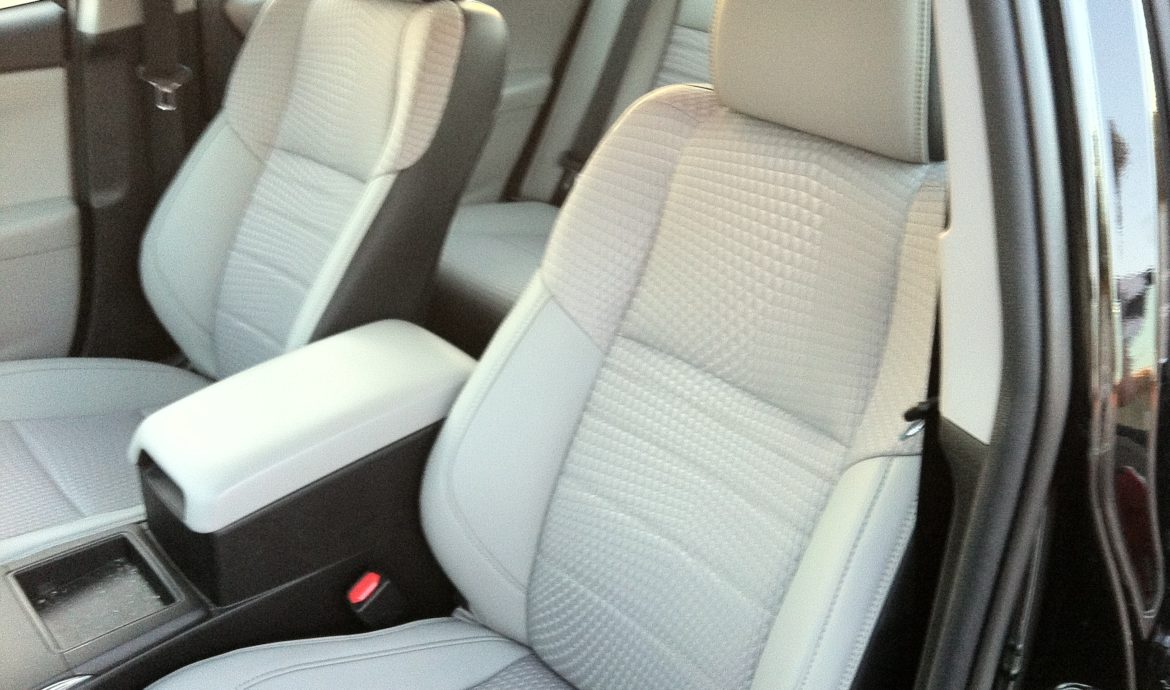
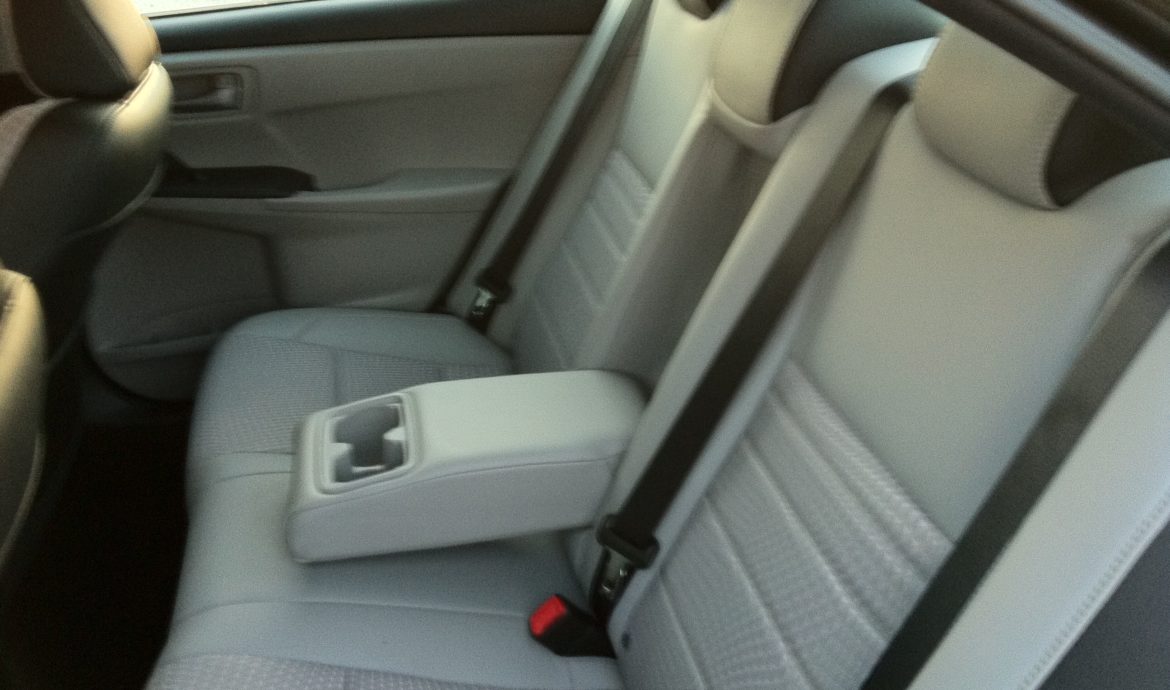
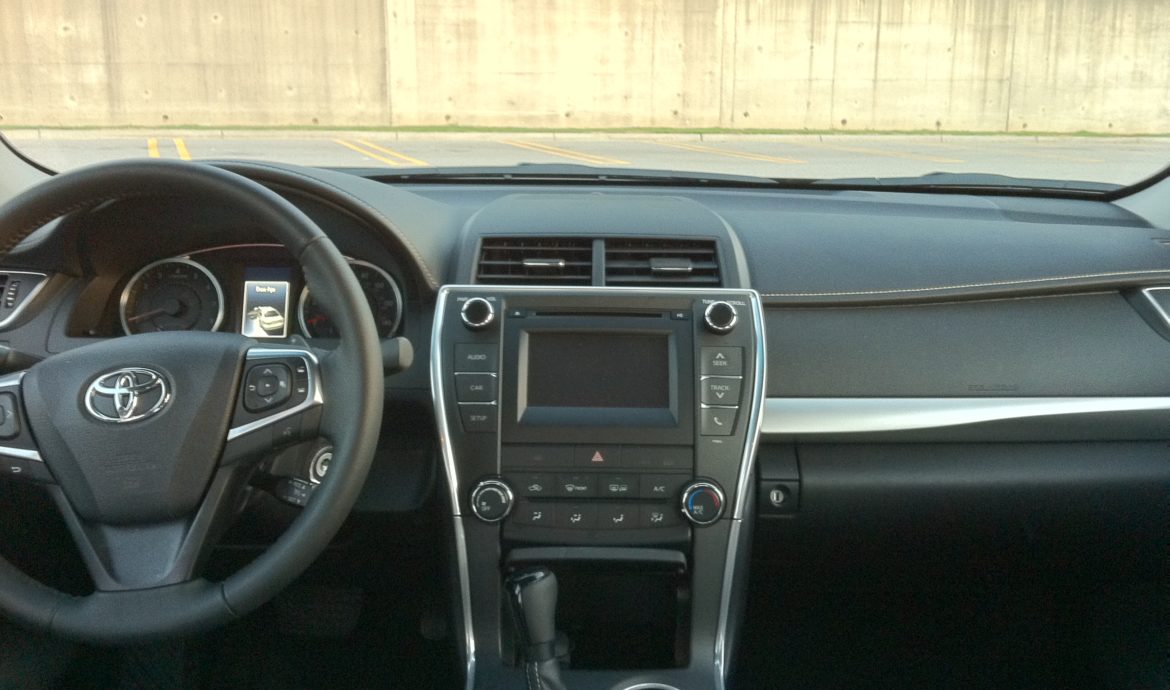
Delving further into the tech inside the Camry, I like it. To a point, of course. The Entune system, which in our case lacked navigation, is a nice infotainment system. It’s simple to use, with big buttons and knobs, making it easier to use without being distracted and confused, and the screen’s UI is simple and clean. I like the system, but it’s the components that are attached that degrade it.
The audio system is 4 6×9” speakers as the main woofers, and 3.5” speakers for the midrange and treble detail in the dash. It’s not bad, but it’s not perfect. I listened to music varying from low-bass thumping electronic to classical on it, and well…. It doesn’t sound too bad to my observant ear, but there are some issues. Those mid-high drivers in the windshield, although doing a decent job at stereo separation, are a bit too sibilant. When listening at higher volume for a while, your ears will get fatigued, and you’ll find yourself needing to turn it down. That’s not fun when high-pitched female vocals play, which makes me sad. The 6x9s in the front are just wired for bass signals, and although when blasting bass-heavy music made them thump, flat 808 basslines were underwhelming. They were muddy and sloppy, and reminded me of listening to earlier models of Beats headphones. The 6x9s in the rear parcel shelf are worse than the fronts, because there isn’t a component system of speakers in the back trying to play full range. If you want to enjoy the music, don’t sit in the back.
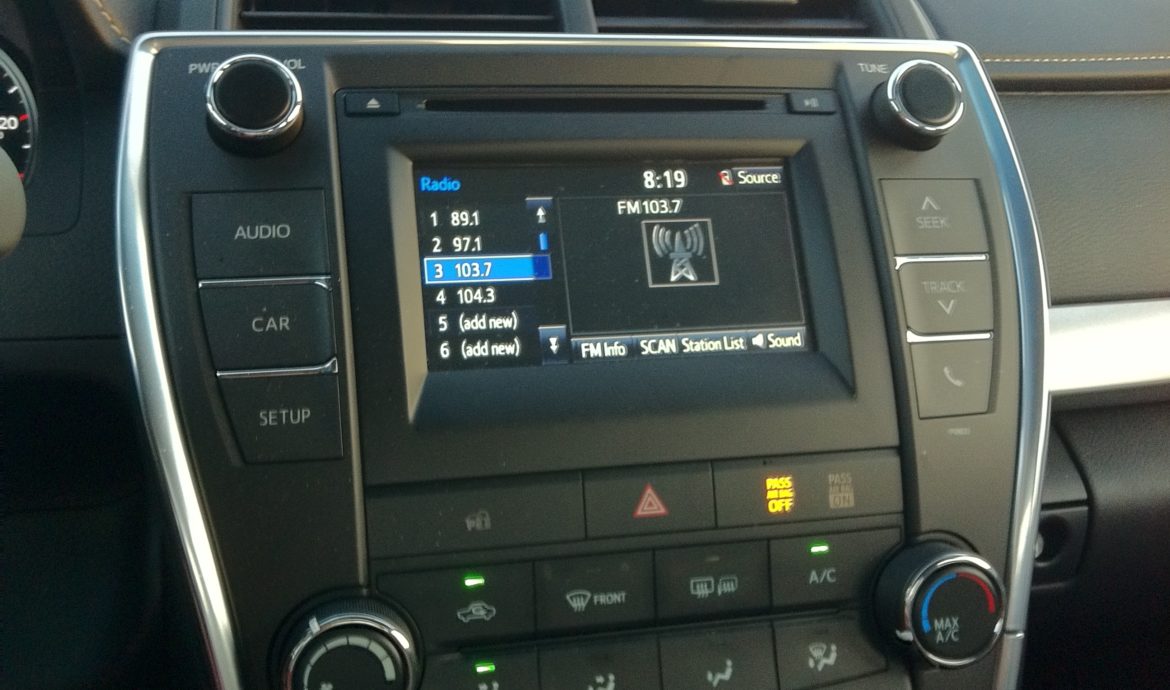
Moving further back, there’s a donut spare instead of a can of spray goop. Room in the trunk is plenty, enough for 4 or 5 big bags. We fit 3 large suitcases and a cooler in it. Not bad, Toyota.
In summary, the Camry is usually the formula of typical point-A to point-B car, a car used as an appliance, and the new Camry seems to be making strides away from that formula. Toyota did a good job in some places, such as the brakes, trunk, and other things, but some aren’t so nice, like the interior material choices, stereo system, and tires. But in general, they will sell nonetheless, there are some better choices out there for some people though. The Mazda 6 is better for the track destroyer who had to get a midsize sedan and wants it to look good, the Fusion for the fashionista, and the Accord for the people in the middle. The Camry is just midpack. If you are an Average Joe, in the middle class, with the middle of the road spouse and children, a Camry may be a good choice, but there are other choices too. Keep that in mind.
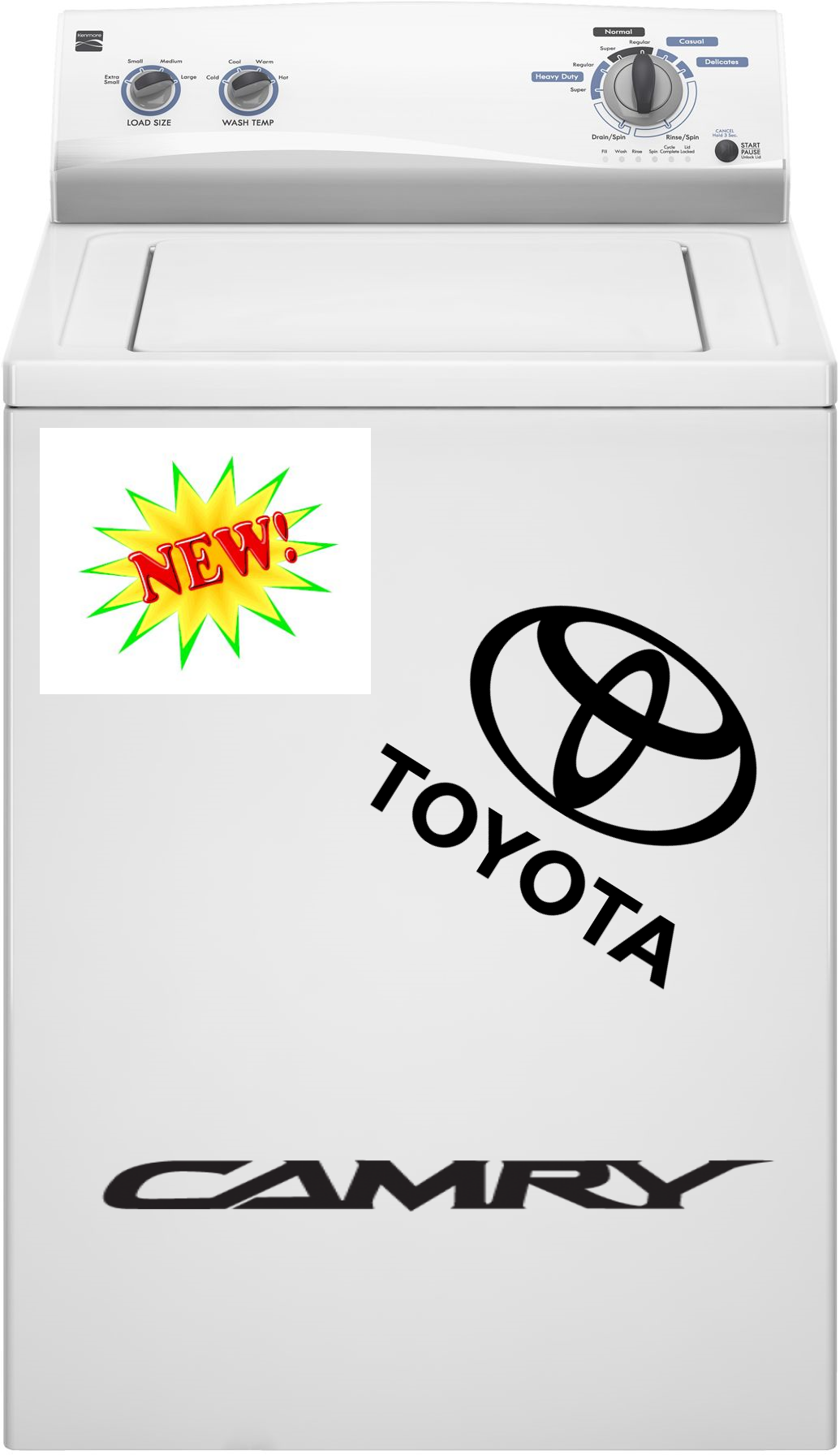
Now to actually break the mold, Toyota.








